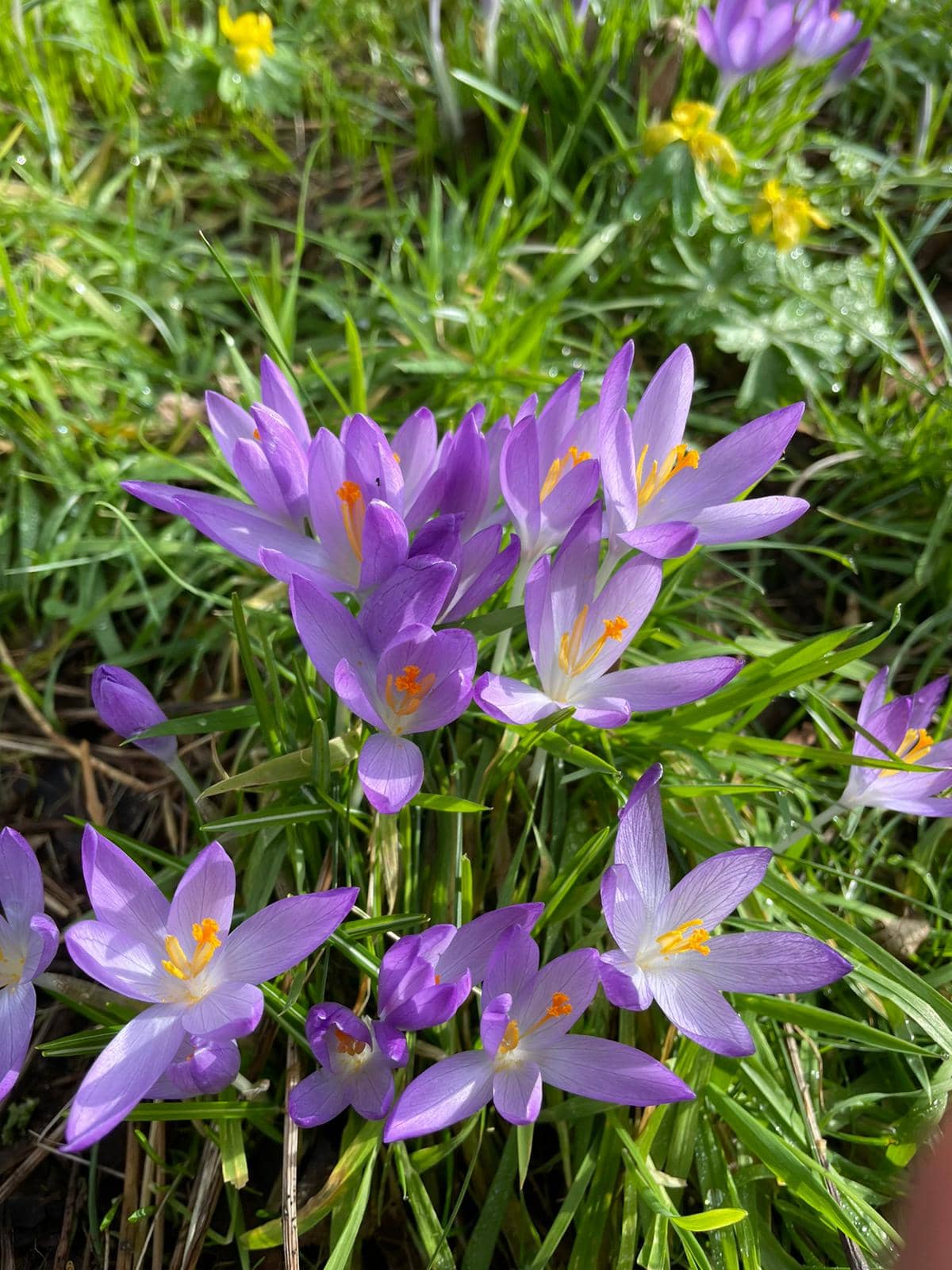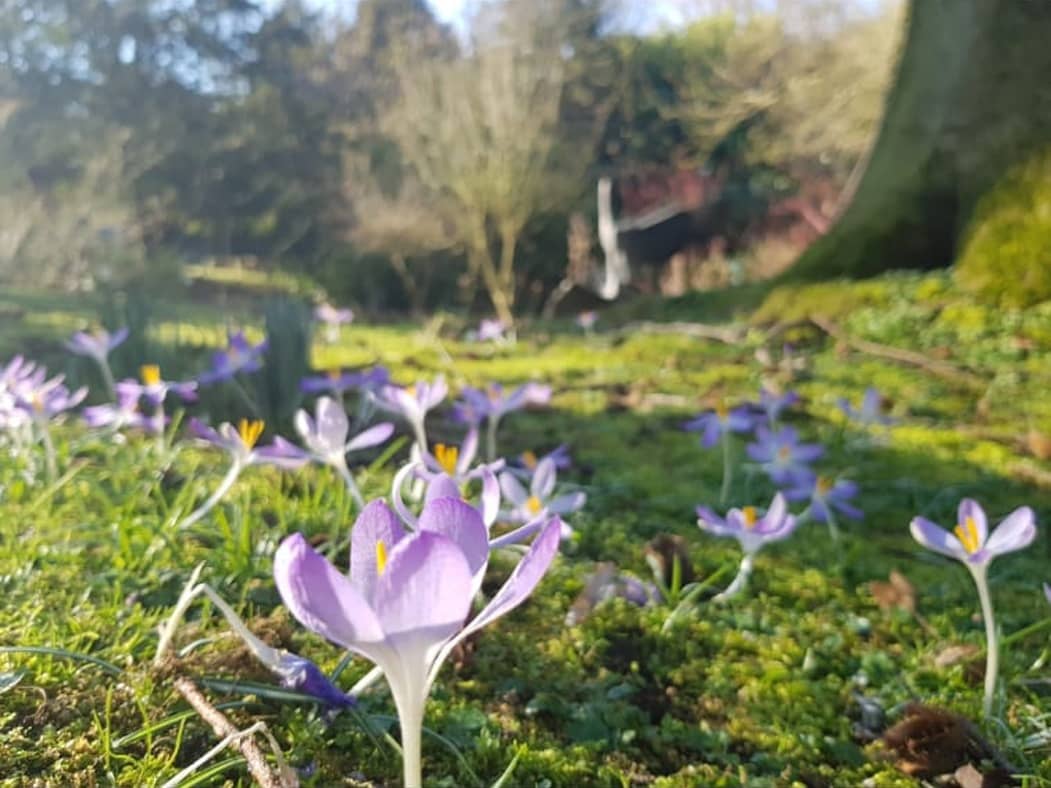Blooming throughout the late winter and spring, the humble Crocus vernus has become historically celebrated as an uplifting symbol of the arrival of springtime.
Deriving from the Iridaceae family, there are around 80 different varieties of crocus and they are available in a range of fascinating colours. Crocuses originally derive from areas of Europe, the Alps and parts of the Mediterranean.
Whilst adding a delightful dash of colour to your garden, crocuses are a divine perennial plant that are thriving right now, adding a touch of spring excitement to a collection of our enchanting gardens. Radiating a palette of refreshing coloured petals and emitting a sweet floral scent, let’s discover more about this extraordinary springtime bloom.
When and where to plant:
Due to crocuses being a low-lying flower, they are best planted within borders, pots or grass and they should be planted anytime between August-November. Crocuses love the sun, so make sure to plant them in a very sunny and exposed area.
If you plan to plant your crocuses in a pot then make sure to add extra grit in order to help aid drainage. However, if you are planning to plant your crocuses in soil or compost then, in this case, make sure that this soil drains well or has a rather gritty texture.

Tolerance and resistance:
The charming crocus thrives best in neutral soil. As long as the soil drains well and does not become too waterlogged then your crocuses are bound to flourish to their full potential.
Crocuses do not require too much attention, as long as they are watered throughout the seasons, apart from summer, they should bloom beautifully. The plant becomes dormant during the summer period therefore the crocus will require dry soil instead.
As much as crocuses love the sun they are not the biggest fans of heat, therefore make sure that you are planting your bulbs in a location that has a rather mild climate.
Wildlife:
Crocuses are also a fantastic resource for both nectar and pollen. Therefore these flowers are great for helping insects fresh out of hibernation find their feet and for increasing biodiversity within your garden.
When planting your crocus bulbs make sure to cover them with a protective wire netting or layer, as during the autumn months squirrels and other animals, such as deer, can keenly eat up all of your freshly planted bulbs. And that would be disappointing…
 Curious cuttings:
Curious cuttings:
Renowned for their beautiful colourings, crocuses have also been celebrated as a symbol of youth and happiness. Their unusual bowl-shaped flowerhead has also earned the crocus the title of “the light bulb flower”.
Known for their phenomenal history, it has been said that the Egyptians used to use crocus flowers in order to deodorise alcoholic beverages by adding a handful of the flowers to their glasses before they began drinking.
The Romans were also fascinated by this wonderful flower and its sweet perfume. They loved the scent so much that they invented a device to spray the crocus fragrance onto their guests whilst they entered their dinner parties. They did this often as they believed that the sweet smell diffused from a crocus was meant to encourage feelings of love.
Discover more plants that are glorious in the garden, design tips and trending techniques by browsing our stories.


